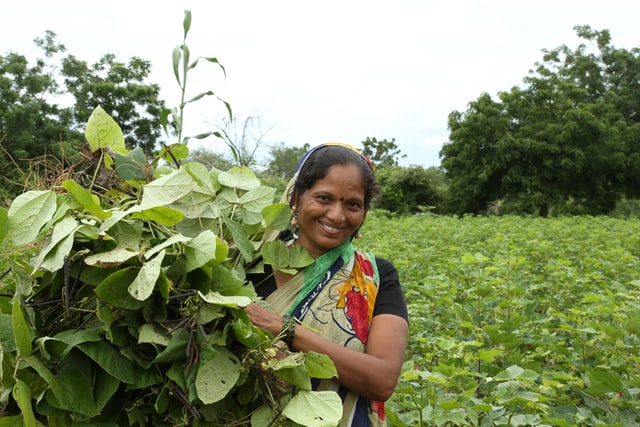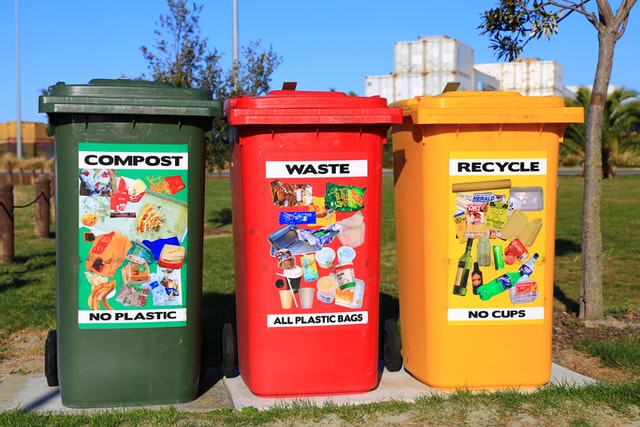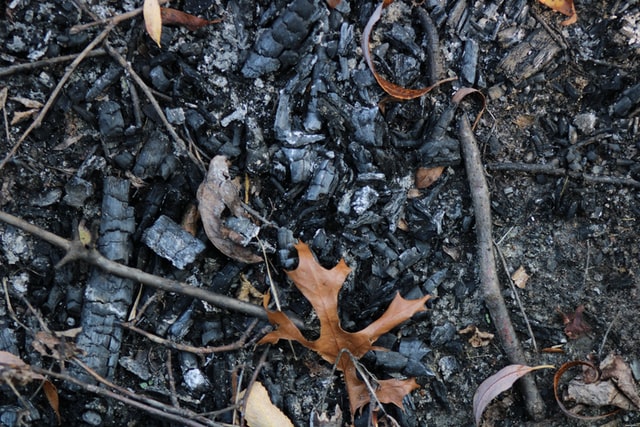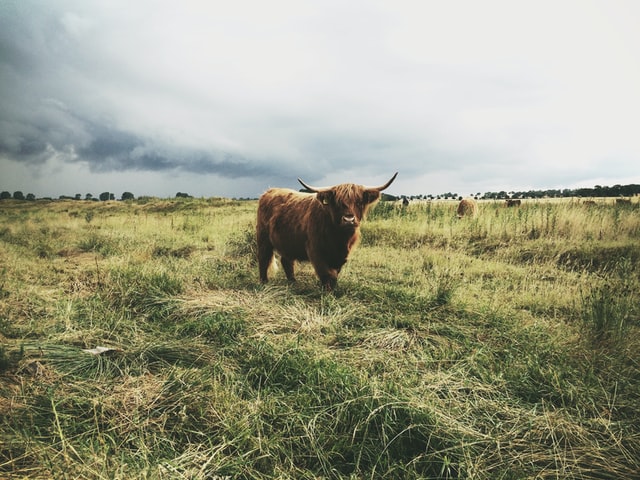1. Plant-Centered Diet

The Western diet is increasingly meat-centered and raising livestock accounts for nearly 15% of global greenhouse gasses. If livestock were a nation of their own, it would be the third greatest emitter of greenhouse gasses. Moreover, meat consumption has enormous human and monetary health costs. Humans can live healthy and long lives on a primarily plant-centered diet, which would dramatically reduce our carbon footprint. Whatever ways we achieve a more plant-based diet, studies have convincingly shown that such a strategy is a win-win for both people and planet.
2. Regenerative Agriculture

The main purpose of regenerative agriculture is to improve the health of the soil by restoring its carbon content, which in turn restores the health and productivity of the crops. Studies have shown that photosynthesis is one of the most effective methods to capture carbon dioxide from the air. By not tilling the soil, carbon is captured in a plant cover often containing between ten to twenty-five varieties of cover crops, each giving back nutrients to the soil and helping to sequester carbon. By feeding the soil through regenerative farming, we can dramatically improve both human and climate health.
3. Composting

The city of San Francisco collects over 500 tons of organic waste every day to be to be used as compost on local farmland, vineyards, and ranches. While many landfills have methane management, it is far more effective to turn organic waste into compost, thereby dramatically reduce emissions and creating fertilizer for plants who will furthermore draw down additional carbon. Composting can easily be done by individuals and families at home, but it is even more important to create composting facilities at scale in every city and town.
4. Black Earth Farming

In ancient Amazonian societies, it was customary to bury and burn organic waste into charcoal, which was used as a soil amendment called terra preta (black earth) in Portuguese. Black earth, or biochar, agriculture once covered 10 percent of the Amazon rainforest feeding hundreds of thousands of people, and those areas still retain extraordinary amounts of carbon. Biochar production for modern farming is a small but growing industry with tremendous potential for both increased agricultural yields as well as carbon sequestering.
5. Managed Grazing

If you place cattle inside a fence or on feedlots and measure their impact on the climate, this type of farming will rank next to coal as one of the greatest hazards to planetary health. If the same animals were to graze like migratory herds of herbivores on wildlands, on the other hand, they would cocreate a type of soil and biodiverse grassland that will sequester large amounts of carbon as well as reduce the use of pesticides, fertilizer, and diesel fuel. Pastures make up 70 percent of the world’s agricultural land, so managed grazing could have significant impacts on climate if it were to become widespread.
Photo by Ales Krivec



Community Discussion
Click here to start the discussion of this article.